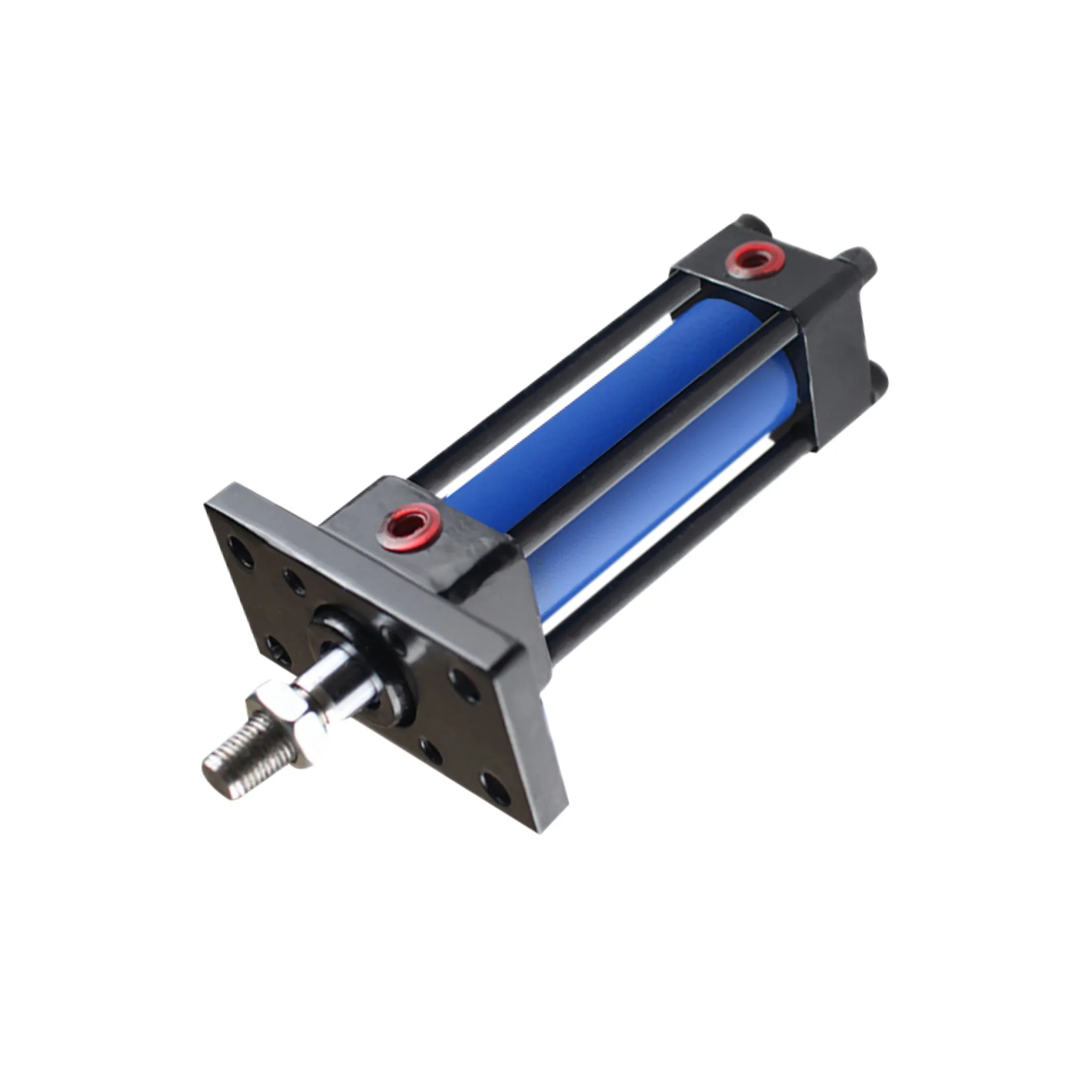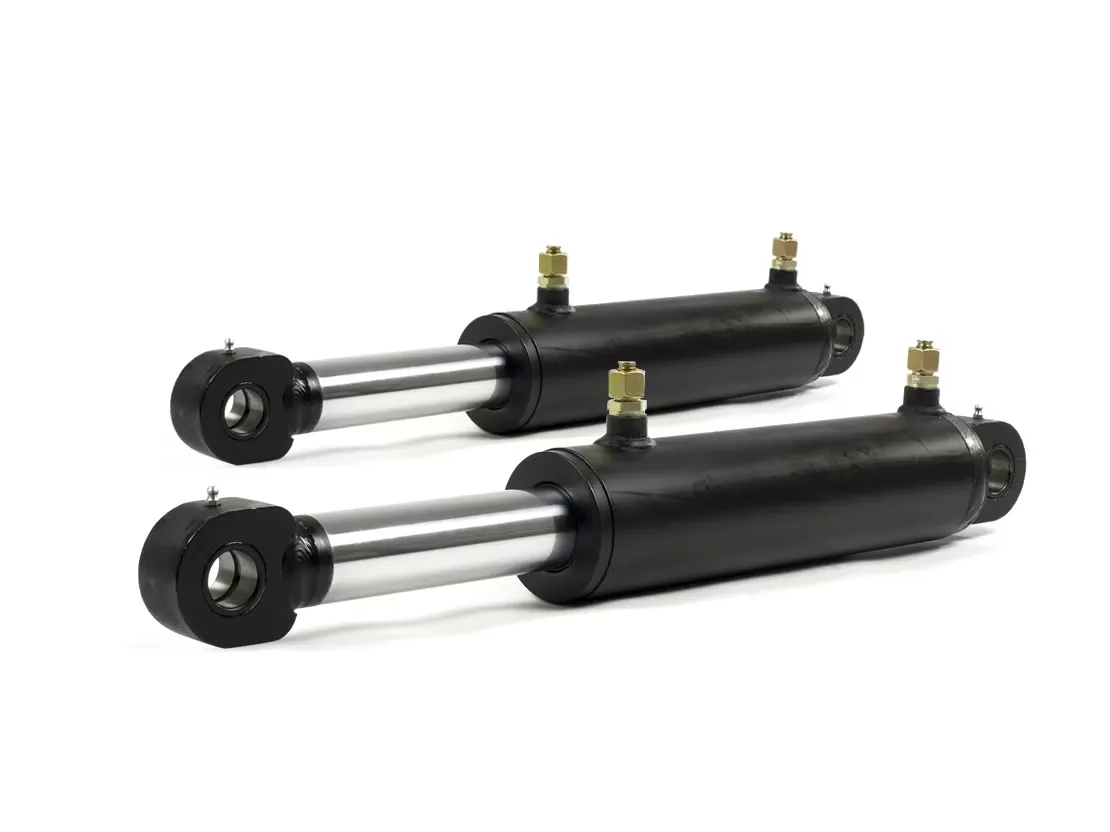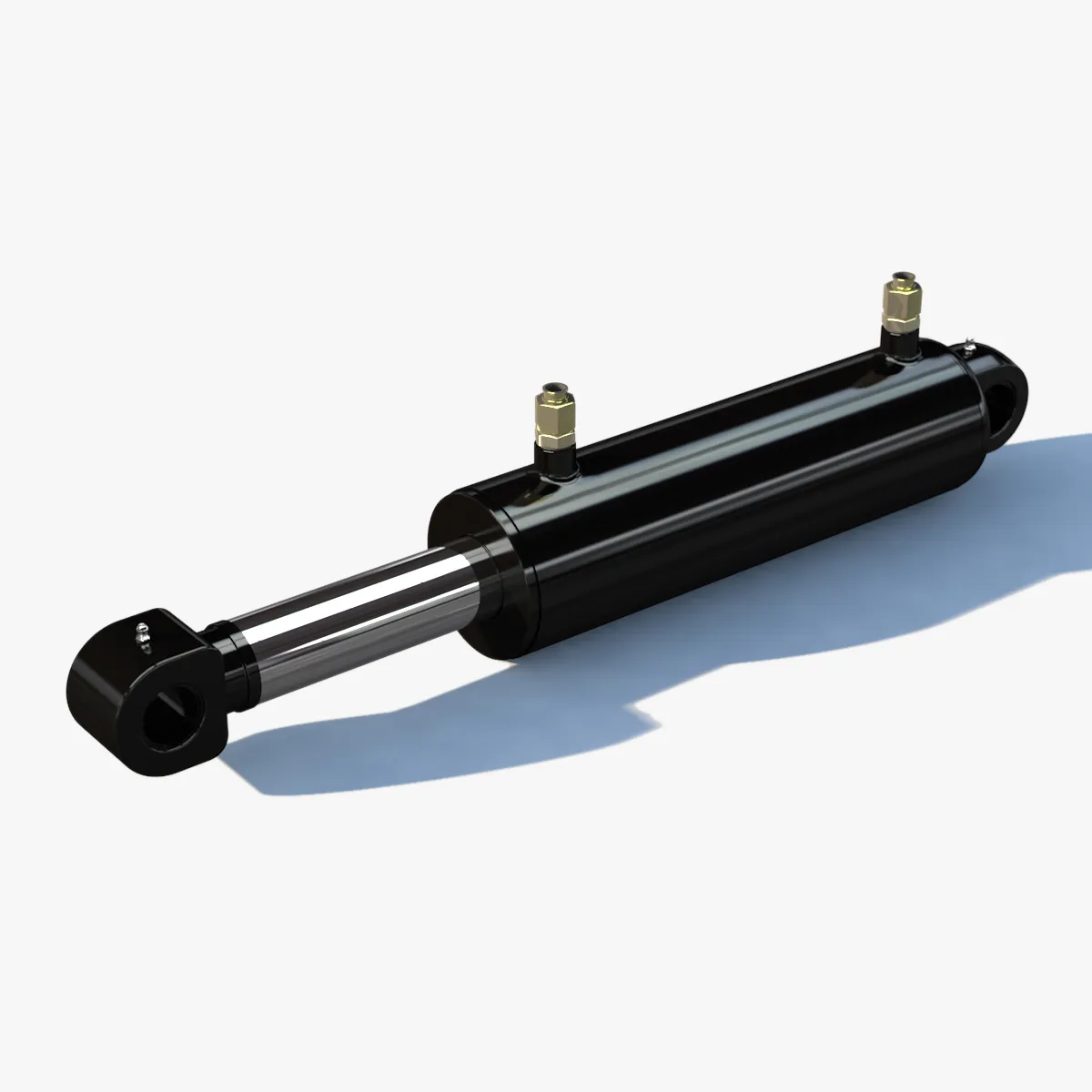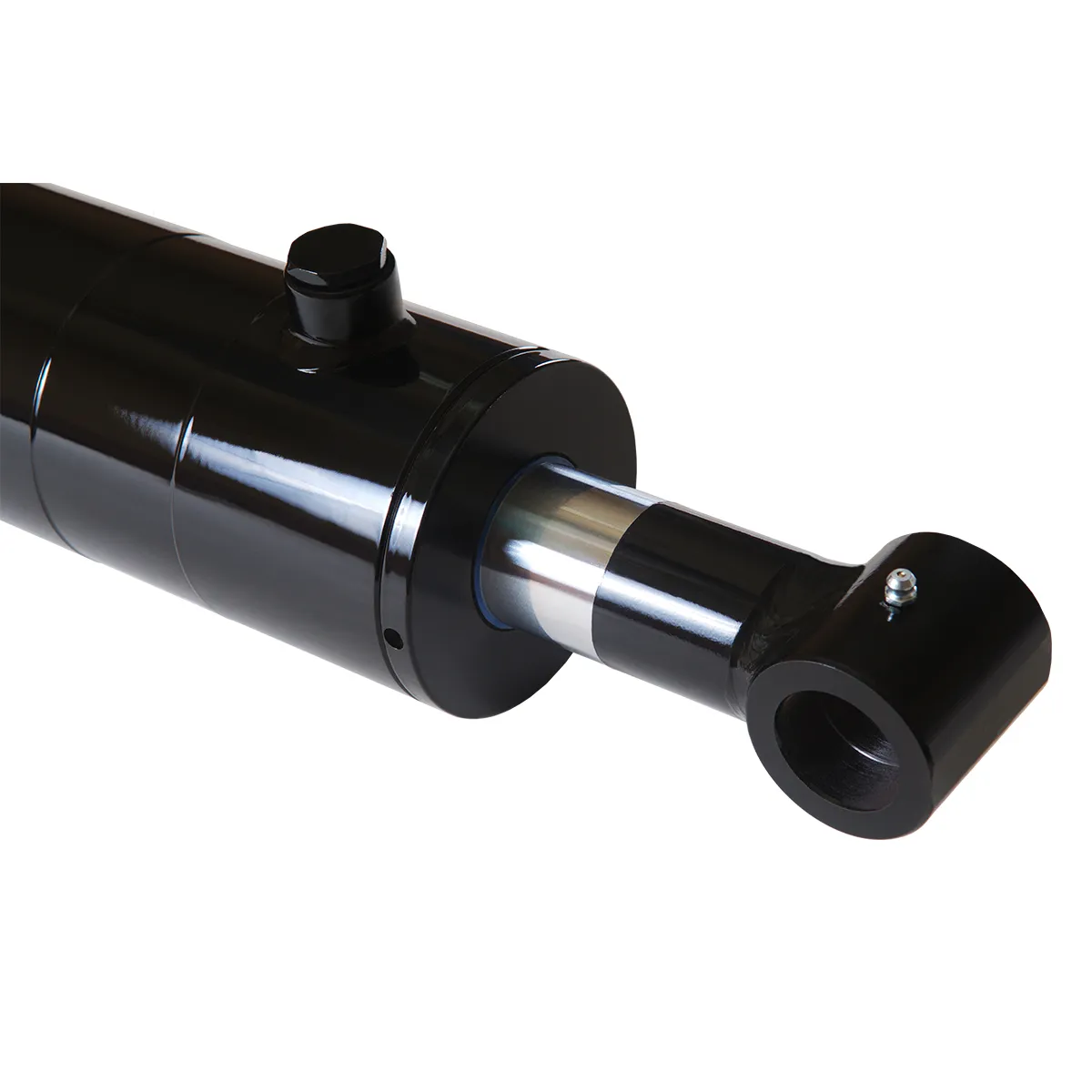Exploring the Telescopic Single-Acting Hydraulic Cylinder
Introduction to Telescopic Single-Acting Hydraulic Cylinder
The telescopic single-acting hydraulic cylinder is a critical component in hydraulic applications, providing controlled power and force. This article delves into the design, construction, working principle, types, advantages, applications, maintenance, and power unit considerations of this essential hydraulic cylinder.
Design and Construction Characteristics
The design of the telescopic single-acting hydraulic cylinder features main components such as the outer cylinder, internal stages, piston, and seals. These components work together to allow gradual expansion and contraction, enabling precise control of hydraulic pressure.
Structure
- Outer Cylinder: Provides external support and protection.
- Internal Stages: Enable gradual expansion, typically in a two- or three-stage design.
- Piston: Pushes hydraulic fluid to generate force.
- Seals: Prevent leaks and maintain pressure, with various types like O-rings and wiper seals.
- Materials: High-strength steel for durability, aluminum for lightweight applications, and corrosion-resistant coatings.
Working Principle
The telescopic single-acting hydraulic cylinder extends from a compact form when hydraulic pressure is applied and contracts with spring or gravity force. This mechanism allows for controlled movement in one direction, making it ideal for various industrial applications.
Types and Configurations
There are three main types of telescopic single-acting hydraulic cylinders, each offering specific benefits and applications. Understanding these variations can help in selecting the right cylinder for a particular use case.

Advantages of Telescopic Single-Acting Hydraulic Cylinder
- Space Efficiency: Compact design with significant expansion capabilities.
- High Force Output: Generates substantial force for lifting and driving tasks.
- Versatility: Adaptable to different industries like construction, agriculture, and transportation.
Application Scenarios
Telescopic single-acting hydraulic cylinders find application in various scenarios, including tight spaces, heavy load lifting, and diverse industry needs. Their flexibility makes them a popular choice in demanding environments.
Design Considerations and Selection Criteria
When choosing a telescopic single-acting hydraulic cylinder, factors like bearing capacity, sealing, durability, safety, and maintainability should be carefully evaluated to ensure optimal performance and longevity.
Sealing and Lubrication

Proper sealing and lubrication are essential for the smooth operation and longevity of telescopic single-acting hydraulic cylinders. Using high-quality seals and adequate lubrication can prevent leaks and ensure efficient performance.
Regular Inspection and Maintenance
Implementing routine inspection and maintenance measures can prolong the service life of telescopic single-acting hydraulic cylinders. Regular checks, lubrication, and seal replacements are key to ensuring optimal functionality.
Installation Guide
Following a correct installation guide is crucial to the proper functioning of telescopic single-acting hydraulic cylinders. Proper alignment, mounting, and maintenance procedures can enhance performance and safety.
Maintenance Tasks
Regular inspection, lubrication, seal replacement, and calibration checks are essential maintenance tasks for telescopic single-acting hydraulic cylinders. Adhering to these practices can prevent potential issues and improve longevity.
Safety Considerations
Emphasizing safety measures and considering environmental factors when using telescopic single-acting hydraulic cylinders is paramount to prevent accidents and ensure workplace safety.
Fault Diagnosis and Solutions
Addressing common problems and providing troubleshooting tips can help users effectively diagnose and resolve issues with telescopic single-acting hydraulic cylinders. Preventive measures can mitigate future challenges.
Unit Power Considerations
The unit power of telescopic single-acting hydraulic cylinders is influenced by factors like cylinder diameter, travel, operating pressure, piston speed, and load conditions. Understanding these parameters is crucial for optimizing performance.

Advantages of Optimizing Unit Power
Optimizing the power unit of telescopic single-acting hydraulic cylinders can enhance efficiency, energy savings, and reliability. Leveraging these benefits can improve overall productivity and equipment longevity.
Common Questions
Exploring key questions about telescopic single-acting hydraulic cylinders can provide valuable insights for users looking to understand their functionality and benefits.
Long-Tail Keywords

- Hydraulic Cylinder Replacement Services
- Customized Hydraulic Cylinder Solutions
- Wholesale Hydraulic Cylinder Distribution
Company Focus
Our company specializes in hydraulic cylinder replacement services and offers a comprehensive product line. With international certifications, customized solutions, advanced production equipment, and dedicated after-sales support, we are committed to delivering quality hydraulic solutions.
Author: lyl
